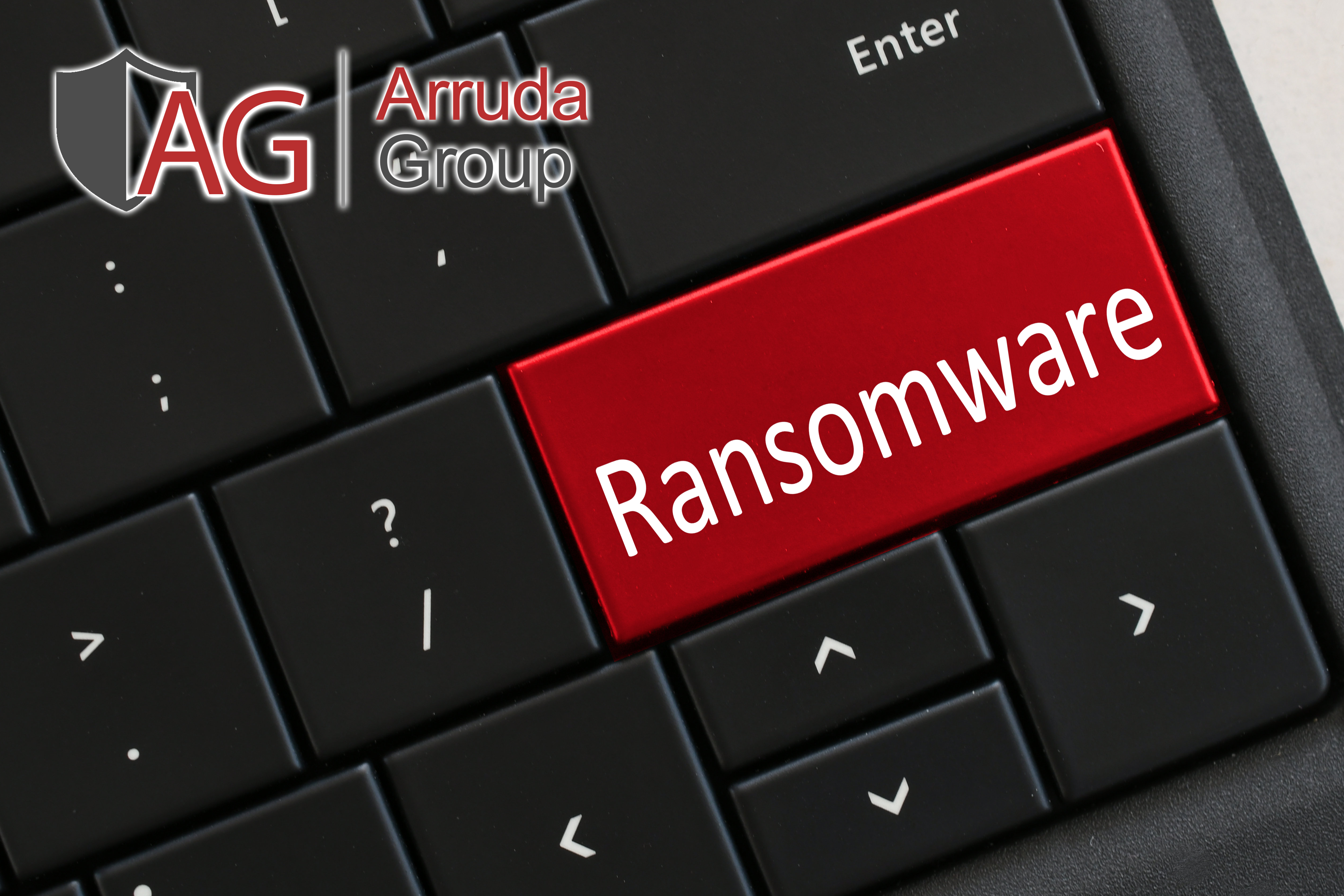
How to Protect Yourself from Ransomware in 2022
Ransomware became a hot word this year. The attacks on Colonial Pipeline, JBS Foods, and others shined a light on the threat for many people. Unfortunately, ransomware has shown no signs of slowing down even as the year ground to an end. Hackers everywhere are finding ways to exploit weaknesses for profit and abuse… But what exactly is ransomware? Ransomware is a type of encryption-based Trojan. As you might know, a Trojan is a malware that pretends to be something else, or might be hidden altogether. Once the Trojan runs, it will encrypt your data and may even lock your operating system. If you’ve read our article about encryption, you know what a problem this can be.
The Trojan then demands a ransom – Usually, money paid anonymously, such as through BitCoin. This is why we call it ransomware. One of the best things you can do to protect yourself against ransomware is to be aware of it.
Reduce the Risk
Being aware of the threat of ransomware is enough for some businesses to avoid its effects. Many large corporations provide training on avoiding scams and fraudulent activity. Similar workshops can do wonders to educate and empower your employees against ransomware. Ensure that security software is installed and paying attention goes a long way.
Browse the internet using a secure and trusted browser as sometimes simply visiting a bad site can infect you with ransomware. Avoid downloading software from third-party websites, and never install plugins from pop-ups. You should also avoid using older devices, as these tend to be outdated in several ways. Security updates, software vulnerabilities, and more can be present.
Do you have a backup plan if ransomware happens to attack you? Backups of important files are essential. Storing them online through services like GitHub is all but standard, but physical media such as removable drives are also helpful. Rather than paying insane fees to criminals, a good backup plan can see you just replacing a computer or two. If you don’t have modern hardware, software, and a good backup plan, you need to get on that.
How to Protect Against Ransomware
Because ransomware, like all Trojans, relies on you being fooled, you must know how they will fool you. First, don’t click on links in emails unless you’re expecting the link from a friend or co-worker. A hacked account will often use your friend’s profile to send you to a site that will infect you. In addition, clicking bad links can automatically start downloads that automatically run the file once the transfer is finished.
If someone you don’t know calls you, avoid giving personal information. Ransomware attackers can call ahead of time to get information that will make their phishing attempt more believable. Never share information over the phone unless you know who you’re talking to. Criminals will often pretend to be somebody else. Don’t open email attachments that you don’t recognize, either. Avoid using anything you don’t recognize. Stick to trusted sites, sources, individuals, and hardware. For example, a USB stick you found out about in public might already be infected.
Conclusion
To protect against ransomware, it is important to stay up to date and aware. Update your hardware, software, and utilities as much as you can. Stay up to date on current threats, and only interact with trusted sources. Don’t ever run or download something from a pop-up or suspicious third-party link. Importantly, keep robust backups. If you’d like to learn more about your vulnerability to ransomware, call us today. We’d be happy to help you prepare to face the evolving world of ransomware.



